Enter a surname, town name or other keyword to search the database. Remember to
allow for the different spellings of 'Mc' and 'Mac.' Good luck!
{Search tips: Use single word search terms for more results}
You must enter some valid character(s) into the search field
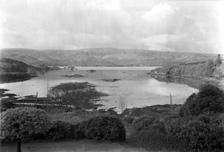
Reference: H-0208
Scottish Highlands. *...
|
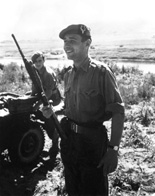
Reference: 542
Lieutenant Angus Grant, elder ...
|
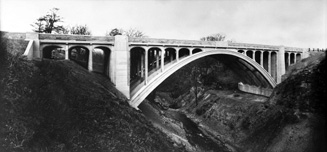
Reference: 817b
Dunglass Road Bridge at Cockbu...
|

Reference: 41905b
Mrs Grant, Coulmore. Painted p...
|
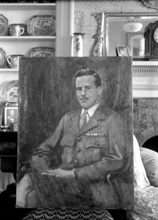
Reference: 41905a
Mrs Grant, Coulmore. Painted p...
|
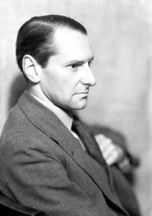
Reference: 29447c
Professor Charles Bernard Chil...
|
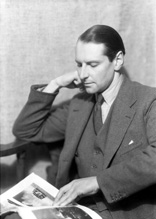
Reference: 29447b
Professor Charles Bernard Chil...
|
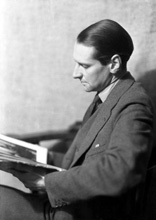
Reference: 29447a
Professor Charles Bernard Chil...
|
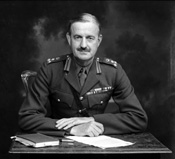
Reference: 46461f
Brigadier (later General) Sir ...
|
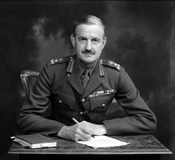
Reference: 46461e
Brigadier (later General) Sir ...
|
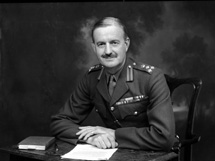
Reference: 46461d
Brigadier (later General) Sir ...
|
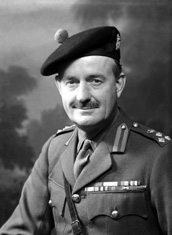
Reference: 46461c
Brigadier (later General) Sir ...
|